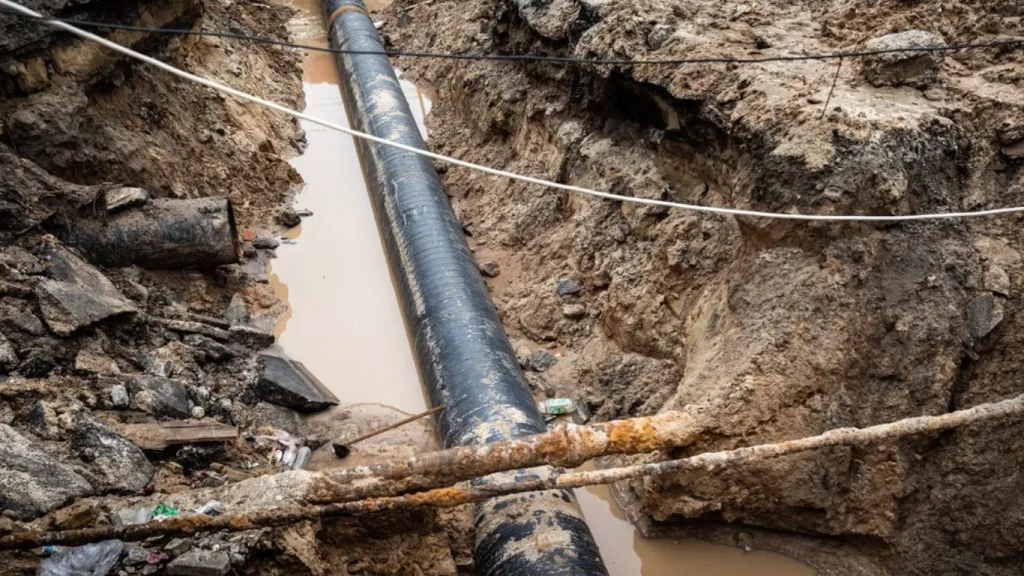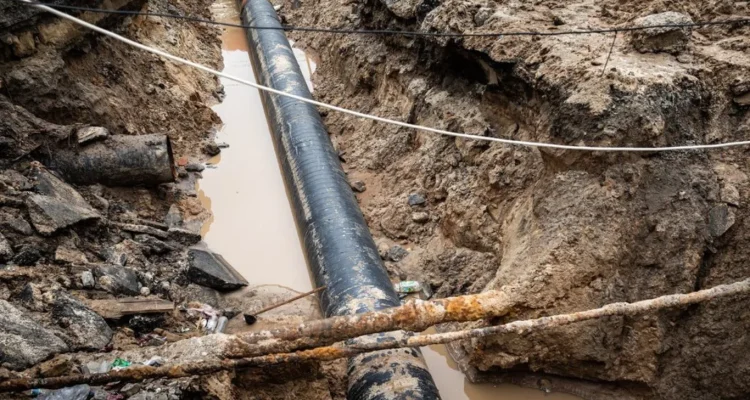Finding underground water lines can be essential for various reasons, whether you’re planning construction, gardening, or detecting leaks. This guide will walk you through the methods and tools needed to locate underground water lines accurately.

Introduction to Underground Water Lines
Understanding the importance of identifying underground water lines.
Safety Precautions Before Starting
Ensuring safety measures are in place before beginning any digging or detection methods.
Methods for Finding Underground Water Lines
1. Visual Inspection
Checking for surface clues such as damp patches or changes in vegetation.
2. Using Ground Penetrating Radar (GPR)
Explaining how GPR works and its effectiveness in detecting buried objects.
3. Magnetic Method
How to use magnetic detectors to locate metallic pipes and fittings underground.
4. Conducting Electrical Resistivity Test
Understanding the principles behind this method and its application in detecting water-filled pipes.
5. Acoustic Method
Using acoustic equipment to listen for the sound of running water within pipes.
6. Thermal Imaging
Exploring how infrared cameras can detect temperature variations caused by water flow.
7. Ground Probing
Manual probing techniques using rods or augers to physically locate pipes.
Tools Required for Detection
1. Ground Penetrating Radar (GPR) Equipment
Detailed description of GPR devices and their capabilities.
2. Magnetic Locators
Types of magnetic locators and their features.
3. Electrical Resistivity Meters
Choosing the right meter for accurate readings.
4. Acoustic Listening Devices
Features and applications of various types of acoustic detectors.
5. Infrared Cameras
Benefits of using infrared technology for detecting buried water lines.
6. Ground Probing Tools
Different types of probes and their uses in ground detection.
Step-by-Step Guide to Detecting Underground Water Lines
1. Planning and Preparation
Initial steps to take before beginning the detection process.
2. Conducting Initial Surveys
Using visual inspection and surface clues to narrow down search areas.
3. Choosing the Right Detection Method
Factors to consider when selecting the most suitable detection method.
4. Performing the Detection
Detailed instructions for each detection method, including calibration and interpretation of results.
5. Documenting and Reporting
Recording findings and creating accurate maps or reports.
FAQs About Finding Underground Water Lines
- What should I do if I suspect a water leak but can’t find the source?
- Exploring multiple detection methods, including consulting professional services.
- Are there any risks associated with detecting underground water lines?
- Risks include damaging existing pipes or utilities if not cautious.
- Can I use DIY methods to detect underground water lines?
- Yes, but it’s crucial to follow safety guidelines and use proper equipment.
- How deep are underground water lines typically buried?
- Depths can vary but are generally found several feet below the surface.
- What should I do if I accidentally damage a water line during detection?
- Immediately turn off water supply, if possible, and contact a plumber for repairs.
Conclusion
Locating underground water lines requires careful planning and the right tools. By understanding various detection methods and using appropriate equipment, you can effectively identify buried pipes and ensure successful project outcomes.


Congratulation!